1
“Leer entre líneas” es algo que está
en el espacio y requiere ser interpretado.
en el espacio y requiere ser interpretado.
FIRTS
BLEND
A blend, written by Carlos, throughout 2024.
Espacio
Vacio
Lejos de encontrar alguna respuesta que clarifique este concepto tan amplio, es saludable señalar que el aporte de estos textos se basa en compartir mis dudas. Estudiar y entrelazar diversos campos y perspectivas que me ayuden a ejemplificar con mayor sensibilidad y cercanía este tema.
Rather than providing definitive answers to this broad concept, it's essential to acknowledge that the contributions of these texts stem from sharing my uncertainties. I can illustrate this topic with greater sensitivity and relatability by studying and integrating diverse fields and perspectives.
DOGTOOTH
by director Yorgos Lanthimos.
by director Yorgos Lanthimos.
It’s the story of a Greek family living cloistered in their house. The three children are convinced that the outside world is forbidden territory, and their Machiavellian parents have entirely altered their perception of reality.
︎︎
In this hilarious and harsh film, you'll perceive the atmosphere, the sounds (if any), the costumes, and the pauses in the psychological framework interpenetrate each other. This is a recurring theme in the films of this group of artists. They carefully and carefully explore these "spaces," ultimately leaving us wondering whether they represent an external void or a deeply internal one—a well-crafted concept in the cinematography and the design of the posters.
A similar story unfolds in Jerzy Kosiński's book "FROM THE GARDEN," 4 in which the protagonist "Chance" has spent his life inside a house, and his only exposure to the world is a television.
︎
In one of Adrian Curry's 2020 Mubi columns,
he interviewed designer Vasilis Marmatakis about the film posters that most appealed to him. In his thoughtful selection, we see an evident influence of designers and artists from another era, undermining his ideas.
This is the case with German designer Hans Hillman 1, Polish designer Eryk Lipiński 2, and Czech artist and illustrator Karel Machálek 3.
︎︎
In this hilarious and harsh film, you'll perceive the atmosphere, the sounds (if any), the costumes, and the pauses in the psychological framework interpenetrate each other. This is a recurring theme in the films of this group of artists. They carefully and carefully explore these "spaces," ultimately leaving us wondering whether they represent an external void or a deeply internal one—a well-crafted concept in the cinematography and the design of the posters.
A similar story unfolds in Jerzy Kosiński's book "FROM THE GARDEN," 4 in which the protagonist "Chance" has spent his life inside a house, and his only exposure to the world is a television.
︎
In one of Adrian Curry's 2020 Mubi columns,
he interviewed designer Vasilis Marmatakis about the film posters that most appealed to him. In his thoughtful selection, we see an evident influence of designers and artists from another era, undermining his ideas.
This is the case with German designer Hans Hillman 1, Polish designer Eryk Lipiński 2, and Czech artist and illustrator Karel Machálek 3.
︎
DOGTOOTH
por Yorgos Lanthimos.
DOGTOOTH
por Yorgos Lanthimos.
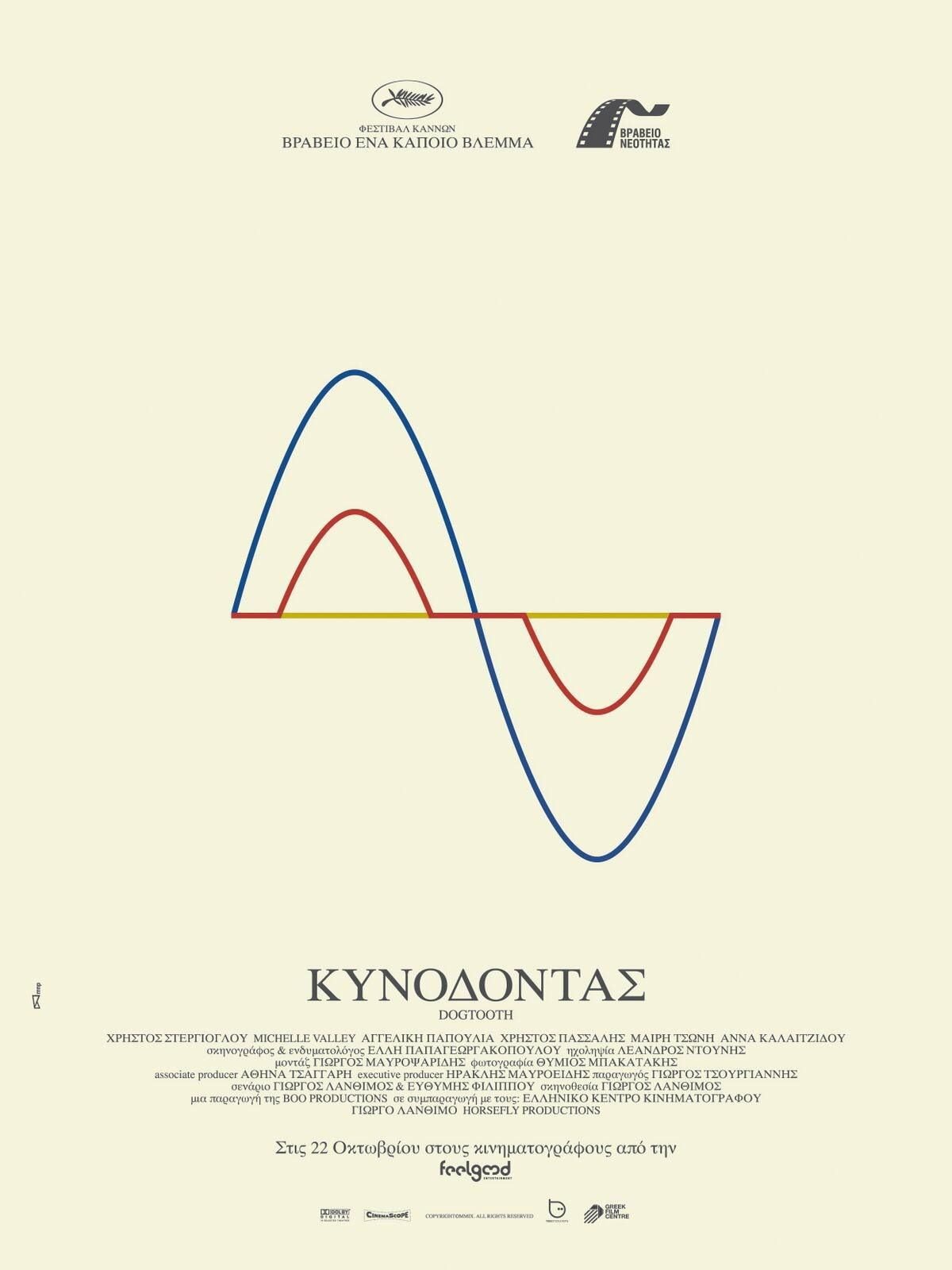
En una de las columnas de la plataforma Mubi realizada en el 2020 por Adrian curry, entrevistando al Diseñador Vasilis Marmatakis sobre los posters de películas que más le atraían. Vemos en su aguda selección, una clara INFLUENCIA de diseñadores y artistas de otra época socavando en sus ideas.
Es el caso del Diseñador Alemán Hans Hillman 1, del Polaco Eryk Lipiński 2, y del artista e ilustrador Checo Karel Machálek 3.
Es la historia de una familia griega que vive enclaustrada en su casa.
Los tres hijos viven convencidos de que el mundo exterior es territorio prohibido, y su percepción de la realidad está completamente alterada por culpa de sus maquiavélicos padres.
En esta hilarante y áspera película percibirás el ambiente, los sonidos (si es que los hay), el vestuario y las pausas del entramado psicológico compenetrándose entre sí. Algo muy recurrente en los films de este grupo de artistas. Hincando con gran cuidado y sumo detalle a estos “espacios”, para terminar preguntándonos ¿Se tratan de un vacío externo o uno profundamente interno?. Un concepto que también es trabajado en la Dirección de fotografía y el diseño de su poster.
︎
Una historia similar acontece en el libro “Desde el Jardín” de Jerzy Kosiński 4, en la que el protagonista “Chance” ha pasado su vida dentro de una casa, y su única apertura al mundo es un televisor.
En esta hilarante y áspera película percibirás el ambiente, los sonidos (si es que los hay), el vestuario y las pausas del entramado psicológico compenetrándose entre sí. Algo muy recurrente en los films de este grupo de artistas. Hincando con gran cuidado y sumo detalle a estos “espacios”, para terminar preguntándonos ¿Se tratan de un vacío externo o uno profundamente interno?. Un concepto que también es trabajado en la Dirección de fotografía y el diseño de su poster.
︎
Una historia similar acontece en el libro “Desde el Jardín” de Jerzy Kosiński 4, en la que el protagonista “Chance” ha pasado su vida dentro de una casa, y su única apertura al mundo es un televisor.
(1)
(2)
(3)
(4)
(2)
(3)
(4)
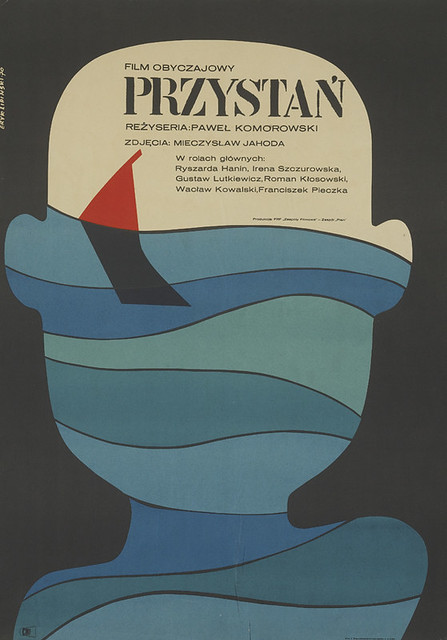



EMPTINESS
by Kenya Hara.
In his book "Designing Design," he expands on this concept by using the example of Japan's national flag.
The red circle in the center has no meaning. It's a geometric figure. People provide the meaning. Because the flag was once used as a symbol of militaristic Japan, many still embrace it. On the other hand, there are also those who insist that the flag has now become a symbol of a peaceful nation. However, in China, they wouldn't share this opinion. And then there are those who say the red circle symbolizes the sun, that it's a Shintai, or object of Shinto worship..
︎︎
︎︎
The simple red circle is an empty vessel. Being empty, it can accommodate the impression of each individual. This is the essence of a symbol. The function of a symbol is as great as the meaning that can be attributed to it.
MUJI's concept, for him, is the recognition of this fact. That is, communication is only effective when an advertisement is presented as an empty vessel, and viewers freely place their ideas and desires into it.
︎
Some people think the products are eco-friendly. Others like the aesthetics; others respond to the products because they're cheap. Others enjoy the simple design, and then there are those who don't like them, but use them regularly because they get the job done.
This isn't a brand that wants to ignite or incite intense APPETITE, causing outbursts of "this is what I really want" or "I just have to have this." What it really wants is to give people the kind of satisfaction that comes out as "this will be enough." I don't have an appetite, but rather an acceptance.
by Kenya Hara.
In his book "Designing Design," he expands on this concept by using the example of Japan's national flag.
The red circle in the center has no meaning. It's a geometric figure. People provide the meaning. Because the flag was once used as a symbol of militaristic Japan, many still embrace it. On the other hand, there are also those who insist that the flag has now become a symbol of a peaceful nation. However, in China, they wouldn't share this opinion. And then there are those who say the red circle symbolizes the sun, that it's a Shintai, or object of Shinto worship..
︎︎
︎︎
The simple red circle is an empty vessel. Being empty, it can accommodate the impression of each individual. This is the essence of a symbol. The function of a symbol is as great as the meaning that can be attributed to it.
MUJI's concept, for him, is the recognition of this fact. That is, communication is only effective when an advertisement is presented as an empty vessel, and viewers freely place their ideas and desires into it.
︎
Some people think the products are eco-friendly. Others like the aesthetics; others respond to the products because they're cheap. Others enjoy the simple design, and then there are those who don't like them, but use them regularly because they get the job done.
This isn't a brand that wants to ignite or incite intense APPETITE, causing outbursts of "this is what I really want" or "I just have to have this." What it really wants is to give people the kind of satisfaction that comes out as "this will be enough." I don't have an appetite, but rather an acceptance.
︎
EMPTINESS
por Kenya Hara.
EMPTINESS
por Kenya Hara.
El concepto de MUJI, para él, es el reconocimiento de este hecho. Es decir, la comunicación solo se hace efectiva cuando se ofrece un anuncio como un recipiente vacío y los espectadores depositan libremente en él sus ideas y deseos.
![]()
Algunos piensan que los produtos son ecológicos.
A otros les gusta la estética, otros responden a los productos porque son baratos. Otros disfrutan del diseño simple y luego están aquellos a los que no les gustan, sino que los usan habitualmente porque hacen el trabajo
Esta no es una marca que quiera encender o insitar al APETITO intenso, causando arrebatos como: “esto es lo que realmente quiero” o “ simplemente debo tener esto”. Lo que realmente quiere es darle a las personas el tipo de satisfacción que sale como: “esto será suficiente”. No tengo apetito, sino aceptación.
Campaign created in 2003 . Photographer: Tamotsu Fuji

Algunos piensan que los produtos son ecológicos.
A otros les gusta la estética, otros responden a los productos porque son baratos. Otros disfrutan del diseño simple y luego están aquellos a los que no les gustan, sino que los usan habitualmente porque hacen el trabajo
Esta no es una marca que quiera encender o insitar al APETITO intenso, causando arrebatos como: “esto es lo que realmente quiero” o “ simplemente debo tener esto”. Lo que realmente quiere es darle a las personas el tipo de satisfacción que sale como: “esto será suficiente”. No tengo apetito, sino aceptación.
Campaign created in 2003 . Photographer: Tamotsu Fuji
En su libro Designing Design 5 , él despliega este concepto tomando el ejemplo de la bandera nacional de Japon.
El círculo rojo en el centro no tiene ningun significado.
Es una figura geométrica. La gente proporciona el significado. Debido a que la bandera se uso una vez como símbolo del Japón militarista, hay muchos que todavía la abordecen. Por otro lado, también hay quienes insisten en que la bandera ahora se ha convertido en el símbolo de una nación pacífica. Aunque, en China no compartirían esta opinión. Y luego están los que dicen que el círculo rojo simboliza el sol, que es un Shintai, u objeto de culto Sintoista.
![]()
![]()
El simple círculo rojo es un recipiente vacío. Al estar vacío puede acomodar la impresión de cada individuo. Esta es la escencia de un símbolo. La función del símbolo es tan grande como el significado que se le puede atribuir.
El círculo rojo en el centro no tiene ningun significado.
Es una figura geométrica. La gente proporciona el significado. Debido a que la bandera se uso una vez como símbolo del Japón militarista, hay muchos que todavía la abordecen. Por otro lado, también hay quienes insisten en que la bandera ahora se ha convertido en el símbolo de una nación pacífica. Aunque, en China no compartirían esta opinión. Y luego están los que dicen que el círculo rojo simboliza el sol, que es un Shintai, u objeto de culto Sintoista.
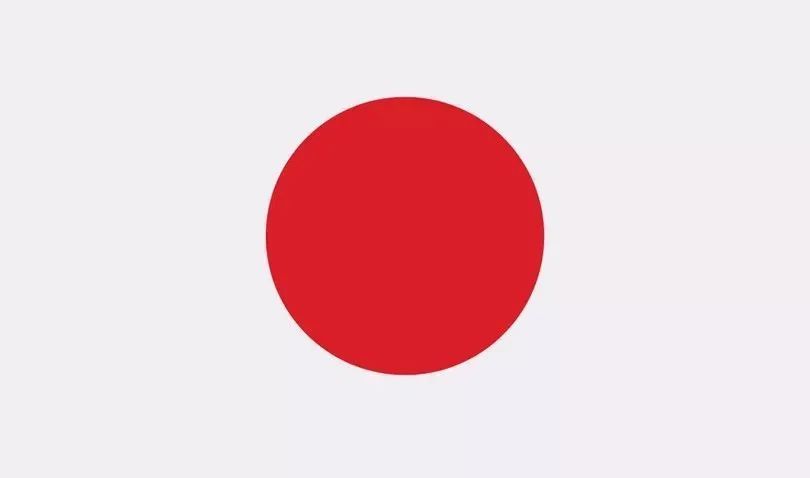
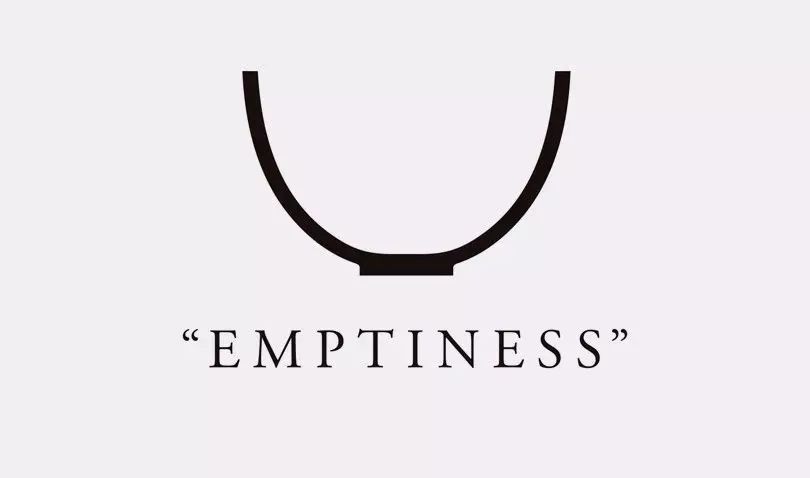
El simple círculo rojo es un recipiente vacío. Al estar vacío puede acomodar la impresión de cada individuo. Esta es la escencia de un símbolo. La función del símbolo es tan grande como el significado que se le puede atribuir.
(5)


SCULPTED SPACE
por Antony Gormley.
Let's visualize the space that exists within us for a moment. What do you imagine it might look like? That inner emptiness within our bodies. That space of complete darkness and silence where our breath travels.
︎︎
Here, the sculptor, among his reflections, invites us to "learn to see," to connect with these multiple forms and internal states of being that we may have within ourselves.
︎︎
Gormley replicated himself in a pose using fiberglass and plaster, later reproducing the result with lead plates, which, when welded together, reveal the cracks in the assembled figure.
por Antony Gormley.
Let's visualize the space that exists within us for a moment. What do you imagine it might look like? That inner emptiness within our bodies. That space of complete darkness and silence where our breath travels.
︎︎
Here, the sculptor, among his reflections, invites us to "learn to see," to connect with these multiple forms and internal states of being that we may have within ourselves.
︎︎
Gormley replicated himself in a pose using fiberglass and plaster, later reproducing the result with lead plates, which, when welded together, reveal the cracks in the assembled figure.
︎
SCULPTED SPACE
por Antony Gormley.
![]()
Gormley se replicaba a sí mismo en una postura con fibra de vidrio y yeso, para, más tarde, reproducir el resultado con placas de plomo, que soldadas entre sí dejan ver las grietas de la figura ensamblada.
SCULPTED SPACE
por Antony Gormley.

Gormley se replicaba a sí mismo en una postura con fibra de vidrio y yeso, para, más tarde, reproducir el resultado con placas de plomo, que soldadas entre sí dejan ver las grietas de la figura ensamblada.
Visualicemos el espacio que existe dentro de nosotros por un instante. ¿Cómo imaginas que pueda verse? Ese vacío interno dentro de nuestros cuerpos. Ese espacio en completa oscuridad y silencio por donde nuestra respiración pasea.
Aquí, el escultor, entre sus reflexiones nos invita a
“aprender a ver”, a conectar con estas formas multiples y estados internos del ser que podemos tener internamente.
![]()
Aquí, el escultor, entre sus reflexiones nos invita a
“aprender a ver”, a conectar con estas formas multiples y estados internos del ser que podemos tener internamente.

4:33
by John Cage
Another intriguing and dislocated example is provided by composer and music theorist John Cage. He opens the door to a certain experimentation in his work, 4'33", regarding the atmosphere and ambiance his performances generate in people.
︎︎
What's the goal? You may have wondered. Perhaps... Have we become, perhaps, incapable of appreciating the aesthetic qualities of the sounds in our environment?
︎︎
Every time 4'33" is performed, the piece will never be the same.
︎
The truth is, the sound of the work has little, if anything, to do with him. He has no control over it at all. He's not interested in leaving a trace of his ego. That's clear.
by John Cage
Another intriguing and dislocated example is provided by composer and music theorist John Cage. He opens the door to a certain experimentation in his work, 4'33", regarding the atmosphere and ambiance his performances generate in people.
︎︎
What's the goal? You may have wondered. Perhaps... Have we become, perhaps, incapable of appreciating the aesthetic qualities of the sounds in our environment?
︎︎
Every time 4'33" is performed, the piece will never be the same.
︎
The truth is, the sound of the work has little, if anything, to do with him. He has no control over it at all. He's not interested in leaving a trace of his ego. That's clear.
︎
4:33
por John Cage
Cada vez que 4′33″ es interpretada, la pieza nunca va a ser igual.
![]()
4:33
por John Cage
Cada vez que 4′33″ es interpretada, la pieza nunca va a ser igual.

Lo cierto, es que el sonido de la obra no tiene mucho o nada que ver con él. Él no la controla en absoluto. No le interesa dejar rastro de su ego. Eso esta claro.
Otro intrigante y descolocado ejemplo nos muestra el Compositor y Teórico musical John Cage. Quien nos abre paso a cierta experimentación en su trabajo 4′33″, respecto a la atmósfera y el ambiente que genera su performas en las personas.
¿Cuál es el objetivo? quizás te hayas preguntado. Será que... ¿Nos hemos vuelto, quizas, incapaces de apreciar las cualidades estéticas de los sonidos de nuestro entorno?.
¿Cuál es el objetivo? quizás te hayas preguntado. Será que... ¿Nos hemos vuelto, quizas, incapaces de apreciar las cualidades estéticas de los sonidos de nuestro entorno?.
MA(間)
Termino japonés
The following image is an ink-on-paper work illustrating the Zen Buddhist concept of MA (間). This is a Japanese term that can be translated as pause, space, opening, or interval.
It is a conscious space, a breathing space that allows us to highlight the other parts of the work or even create new meanings.
︎︎︎
This philosophy can be found in many arts, from the dramatic pauses of Noh theater actors to the silent moments in director Yaujirō Ozu's films. In music, Ma refers to the silences or intervals between notes.
Termino japonés
The following image is an ink-on-paper work illustrating the Zen Buddhist concept of MA (間). This is a Japanese term that can be translated as pause, space, opening, or interval.
It is a conscious space, a breathing space that allows us to highlight the other parts of the work or even create new meanings.
︎︎︎
This philosophy can be found in many arts, from the dramatic pauses of Noh theater actors to the silent moments in director Yaujirō Ozu's films. In music, Ma refers to the silences or intervals between notes.
La siguiente imagen es una obra en tinta sobre papel que ilustra el concepto budista zen del MA(間). Este es un término japonés que podría traducirse como pausa, espacio, abertura o intervalo.
Se trata de un espacio consciente, una respiración que permite poner en valor las otras partes de la obra o incluso crear nuevos significados.
![]()
Esta filosofia puede encontrarse en muchas artes, desde las pausas dramáticas de los actores de Teatro Noh a los momentos en silencio de las películas del director Yaujirō Ozu. En la música, el Ma serian los silencios o los intervalos entre las notas.
Se trata de un espacio consciente, una respiración que permite poner en valor las otras partes de la obra o incluso crear nuevos significados.

Biombo de árboles de pino(松林図), obra de Hasegawa Tōhaku.
Esta filosofia puede encontrarse en muchas artes, desde las pausas dramáticas de los actores de Teatro Noh a los momentos en silencio de las películas del director Yaujirō Ozu. En la música, el Ma serian los silencios o los intervalos entre las notas.
INVISIBLE
by Arata Isozaki
For Arata Isozaki, architecture is interesting when it allows "the senses to perceive something invisible."
Let us clarify that the first contact with this discipline for this man, born in 1931 in Oita, southern Japan, came through an absence of architecture, a vanished architecture, in ruins.
︎︎︎
"When I was old enough to begin to understand the world, my hometown was burned down; everything was in ruins, there was no city, not even buildings. My first experience of architecture was through a void."
by Arata Isozaki
For Arata Isozaki, architecture is interesting when it allows "the senses to perceive something invisible."
Let us clarify that the first contact with this discipline for this man, born in 1931 in Oita, southern Japan, came through an absence of architecture, a vanished architecture, in ruins.
︎︎︎
"When I was old enough to begin to understand the world, my hometown was burned down; everything was in ruins, there was no city, not even buildings. My first experience of architecture was through a void."
︎
INVISIBLE
por Arata Isozaki
![]()
INVISIBLE
por Arata Isozaki

Zendai Himalayas Center. Shanghai, China
Para Arata Isozaki la arquitectura resulta interesante cuando permite “que los sentidos perciban algo invisible”.
Precisemos que el primer contacto con esta disciplina de este hombre nacido en 1931 en Oita, en el sur de Japón, se produjo a través de una ausencia de arquitectura, una arquitectura desaparecida, en ruinas.
![]()
Precisemos que el primer contacto con esta disciplina de este hombre nacido en 1931 en Oita, en el sur de Japón, se produjo a través de una ausencia de arquitectura, una arquitectura desaparecida, en ruinas.
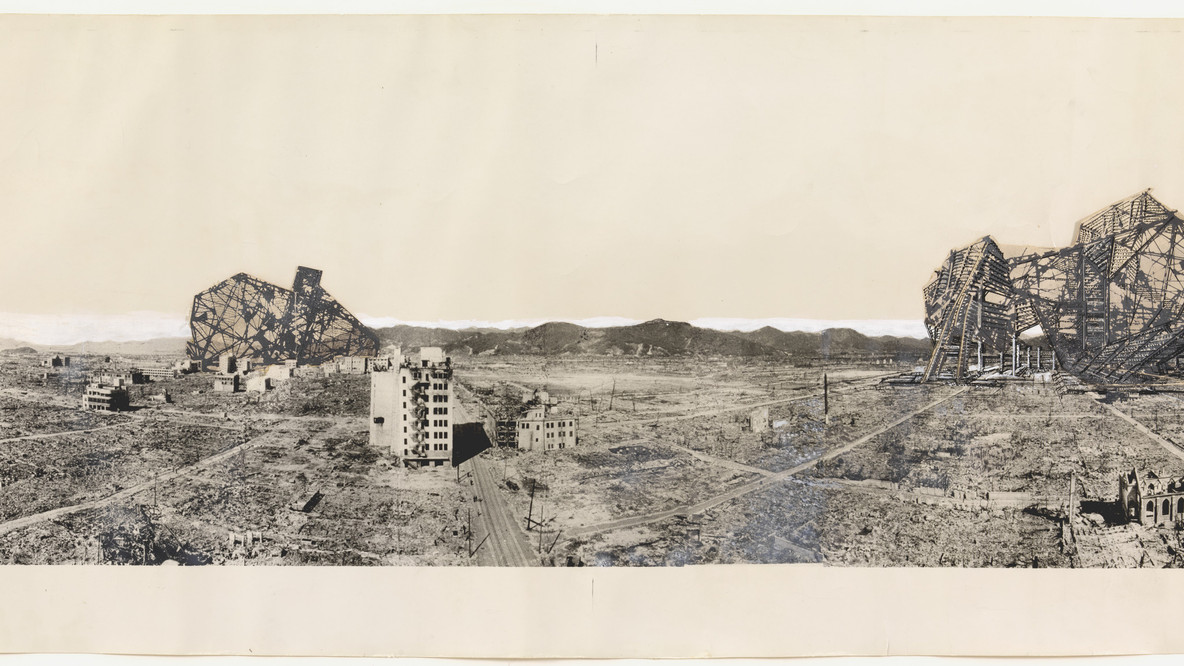
“Cuando tuve edad suficiente para empezar a entender el mundo, mi ciudad natal fue incendiada, todo era ruinas, no había ciudad ni siquiera edificios. Mi primera experiencia de arquitectura fue a través de un vacío”.
RELATOS
by Rafael Alvarez
In the celebration of telling a story and in the ceremony of listening to it, as the theater actor "The Sorcerer" says, how important is the silence and emptiness created when listening to a story?
︎︎
What does the space of this silence prevent, in these times when compulsion and anxiety rob us of it? And when, unfortunately, we often resort to this silence and remain silent, only in pain and tragedy, and not in well-being or joy.
This thought leads me to intertwine a few brief lines from the book "To Please and to Move" by the French philosopher and sociologist Gilles Lipovetsky. He emphasizes how small screens are what fill this silence and void of reflection.
"...To maximize viewership, entertainment networks broadcast a growing torrent of programs whose purpose is not to educate, elevate the public's spirits and consciousness, but rather to entertain them. Even when it comes to "serious matters" (politics, culture)."
by Rafael Alvarez
In the celebration of telling a story and in the ceremony of listening to it, as the theater actor "The Sorcerer" says, how important is the silence and emptiness created when listening to a story?
︎︎
What does the space of this silence prevent, in these times when compulsion and anxiety rob us of it? And when, unfortunately, we often resort to this silence and remain silent, only in pain and tragedy, and not in well-being or joy.
This thought leads me to intertwine a few brief lines from the book "To Please and to Move" by the French philosopher and sociologist Gilles Lipovetsky. He emphasizes how small screens are what fill this silence and void of reflection.
"...To maximize viewership, entertainment networks broadcast a growing torrent of programs whose purpose is not to educate, elevate the public's spirits and consciousness, but rather to entertain them. Even when it comes to "serious matters" (politics, culture)."
En la fiesta de contar una historia y en la ceremonia de escucharla. como dice el actor teatral “el brujo” ¿Qué tan importante es ese silencio y vacío que se genera al escuchar un relato?.
Qué impide el espacio de este silencio, en estos tiempos en los que la compulsión y anciedad nos la arrebata. Y en la que lamentablemente solemos recurrir a este silencio y callar, solo en el dolor, la tragedia y no en el bien estar o alegria.
Este pensamiento me lleva a entrelazar unas breves lineas del libro “Gustar y Emocionar” 6 del filósofo y sociólogo frances Gilles Lipovetsky. Donde subraya como las pequeñas pantallas son las que rellenan este silencio y vacios de reflexión.
“No puede haber un relato oral, sino hay silencio”
Qué impide el espacio de este silencio, en estos tiempos en los que la compulsión y anciedad nos la arrebata. Y en la que lamentablemente solemos recurrir a este silencio y callar, solo en el dolor, la tragedia y no en el bien estar o alegria.
Este pensamiento me lleva a entrelazar unas breves lineas del libro “Gustar y Emocionar” 6 del filósofo y sociólogo frances Gilles Lipovetsky. Donde subraya como las pequeñas pantallas son las que rellenan este silencio y vacios de reflexión.
“...Para maximizar la audiencia, las cadenas de entretenimiento difunden un torrente creciente de programas cuya vocación no es educar, elevar los espiritus y el nivel de conciencia del público, sino esencialmente entretenerlo. Incluso cuando se trata de “cosas serias” (política, cultura)”.
(6)
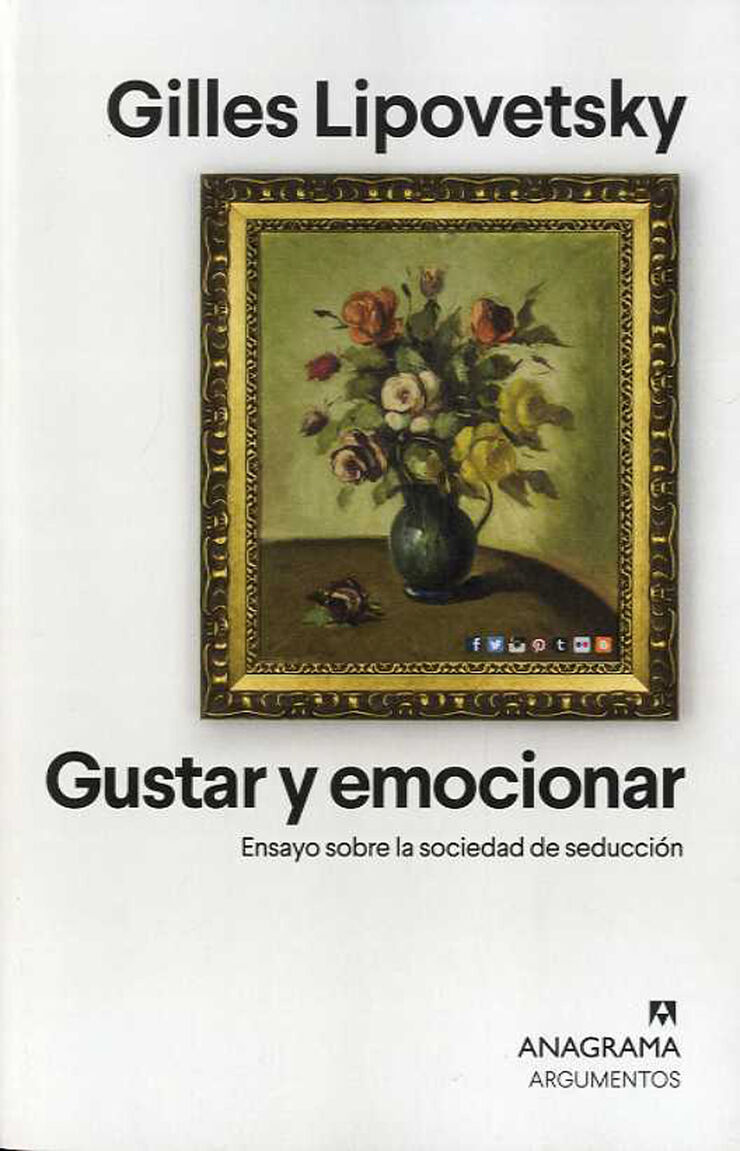
dollarstorestories@gmail.com
Si deseas intercambiar algunos textos conmigo via mail
o correo postal, estaré encantadísimo de responderte. O si prefieres ir por un cafe y esculpir en el tiempo
también me vendrá muy bien salir de casa.
o correo postal, estaré encantadísimo de responderte. O si prefieres ir por un cafe y esculpir en el tiempo
también me vendrá muy bien salir de casa.
︎
If you'd like to exchange a few texts with me via email or postal mail, I'd be happy to answer. Or if you'd rather grab a coffee and sculpt in time, it'd also be great to get out of the house.

